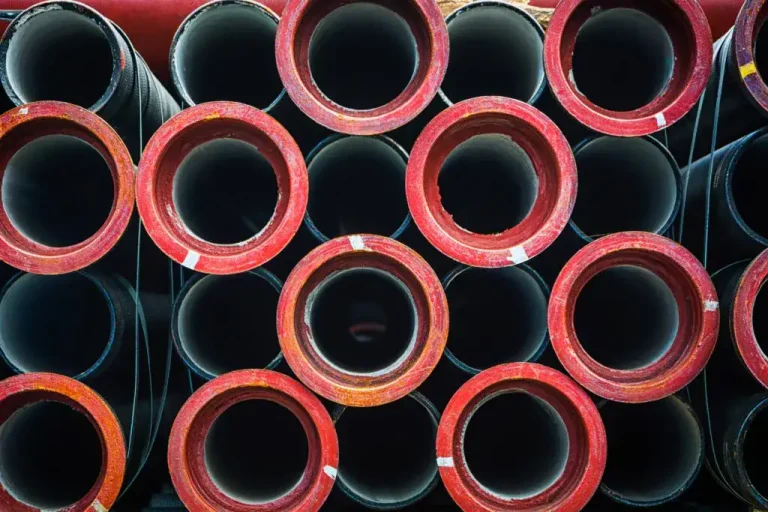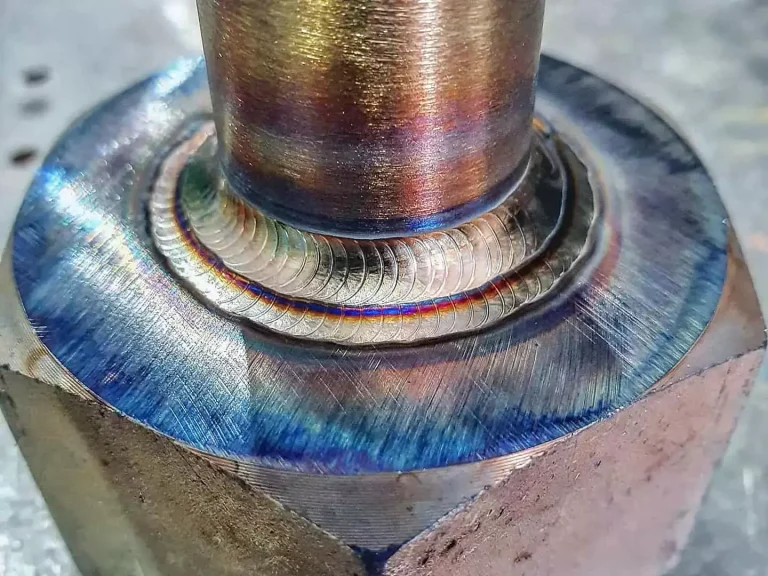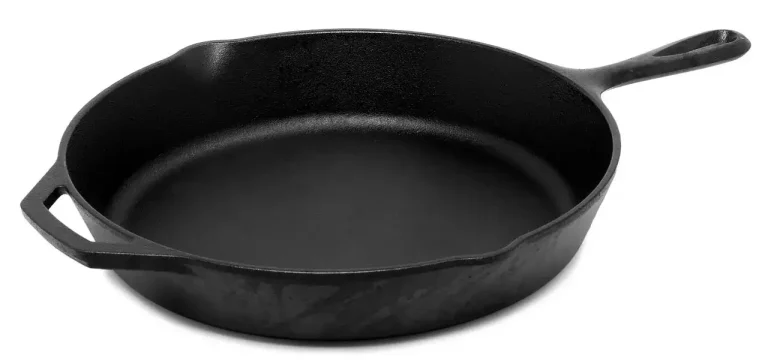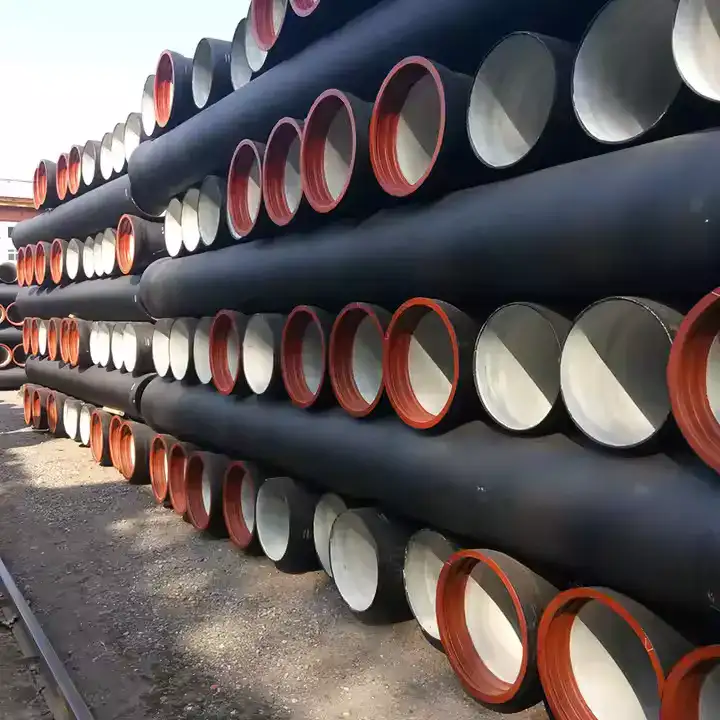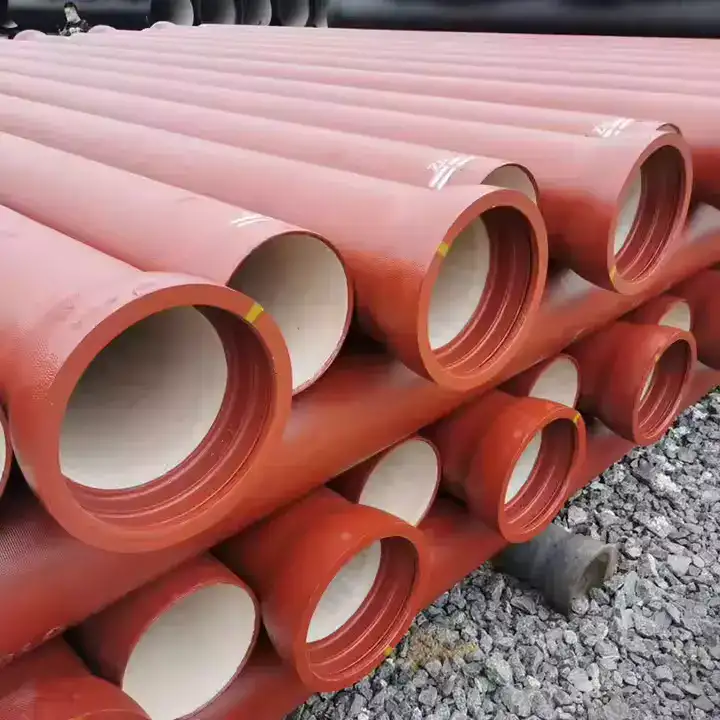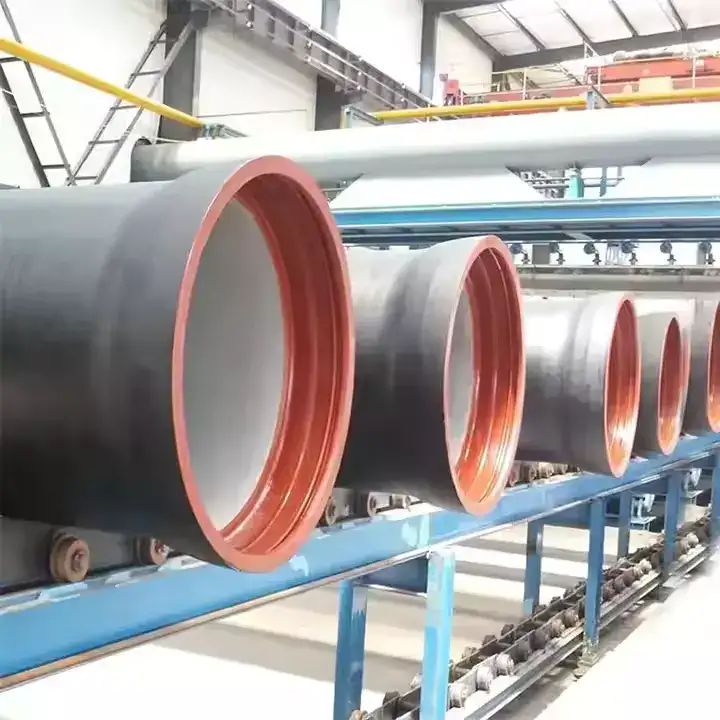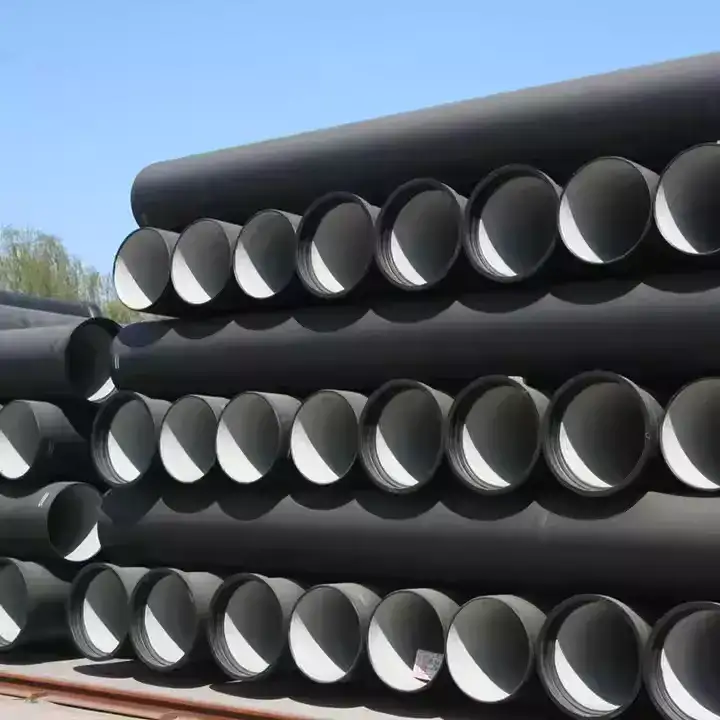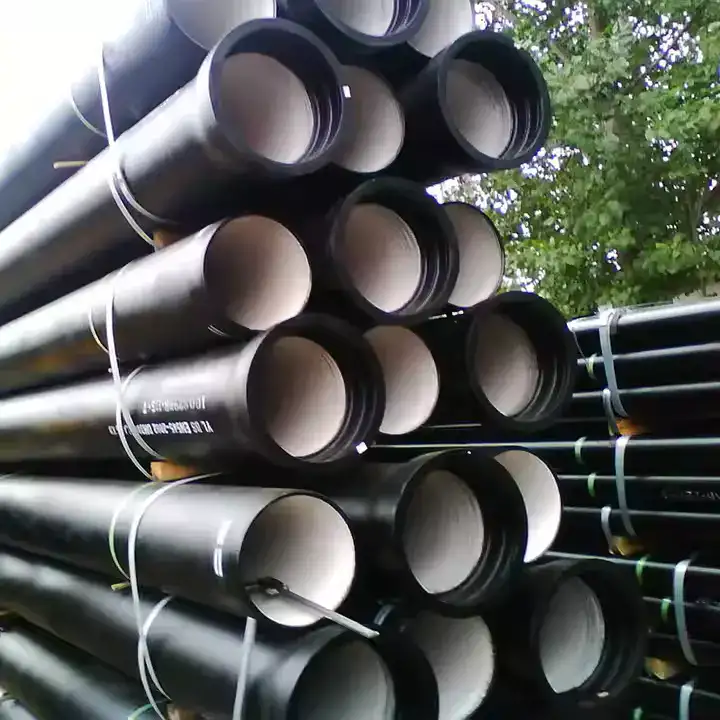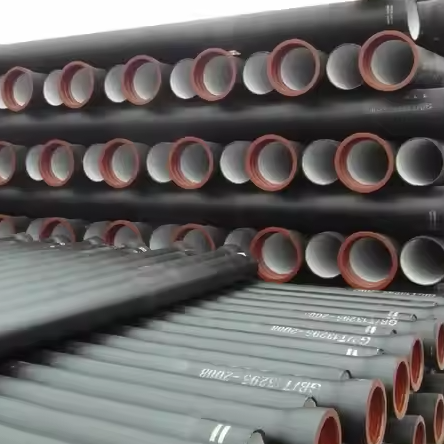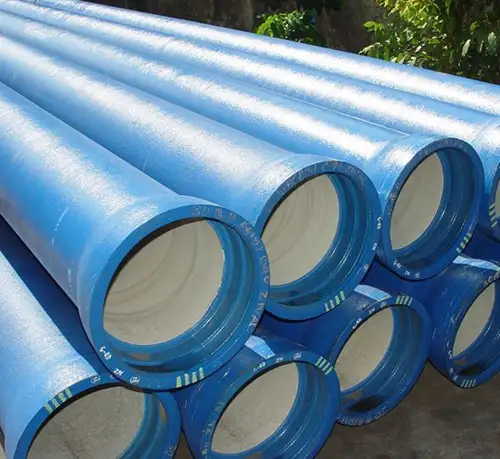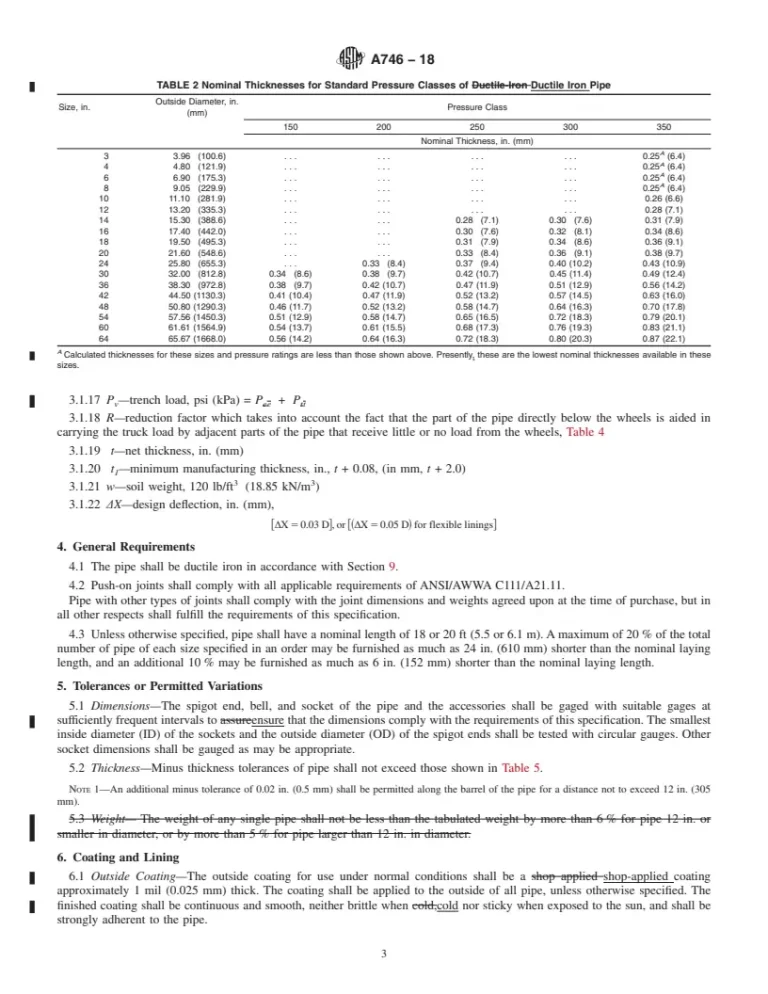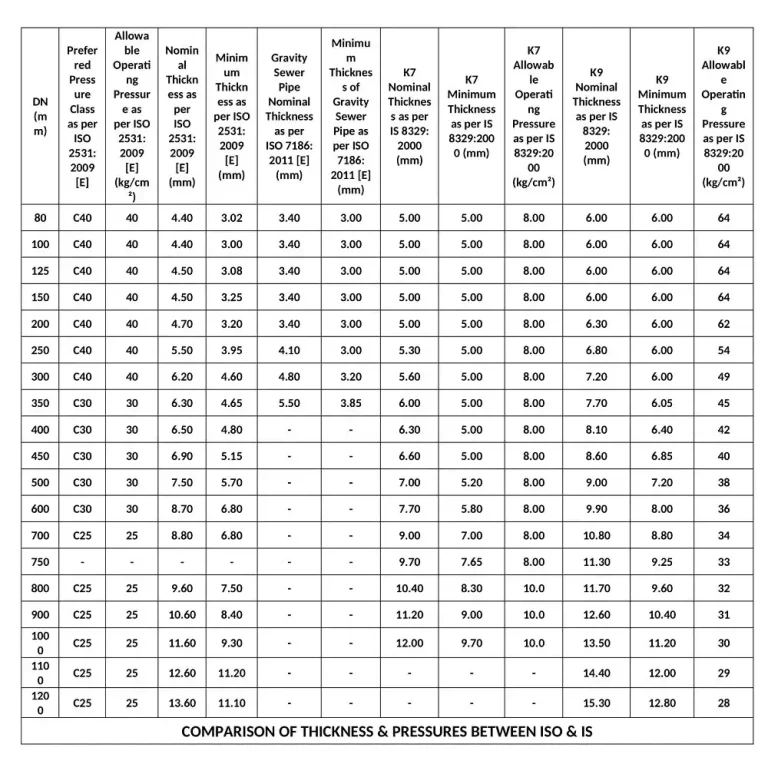News
2025-04-25
While ductile iron pipe is predominantly joined using push-on, mechanical, or flanged connections, it can be threaded—but only in specific contexts such as flanges, fittings, and tapped bell ends rather...
2025-04-25
Welding ductile iron to mild steel is entirely feasible when using nickel-based filler metals—such as ENiFe-CI (Nickel 55)—and following strict metallurgical controls to prevent cracking. Key steps include...
2025-04-25
Ductile iron (or nodular cast iron) features spheroidal graphite nodules and offers superior tensile strength and ductility compared to traditional grey cast iron, yet most cookware today remains made...
2025-04-25
Deionized (DI) water is highly aggressive toward most metals, including ductile iron, due to its lack of dissolved ions and high “hungry” capacity to leach metallic species, leading to corrosion, pitting,...
2025-04-25
Haas Automation’s CNC machines feature heavy gray cast-iron construction—specifically Meehanite®-grade gray iron—rather than ductile iron. This choice leverages the high damping capacity, dimensional stability,...
2025-04-25
Grey cast iron is inherently brittle and exhibits almost no ductility due to its flake graphite microstructure, which acts as stress concentrators under tensile loads. Its carbon content ranges from 2.5...
2025-04-25
Ductile iron pipe wall thickness varies significantly based on nominal pipe size and design method—either by pressure class (per ANSI/AWWA C151/A21.51) or by thickness class (per ANSI/AWWA C150/A21.50)....
2025-04-25
Welding ductile iron to steel is feasible when proper metallurgical practices are followed, particularly through the use of nickel-based filler metals that accommodate the high carbon content of ductile...
2025-04-25
Cement lining in ductile iron pipes is a time-tested solution, dating back to the 1920s, designed to protect the pipe’s interior from electrochemical corrosion (tuberculation) and to maintain water quality...
2025-04-24
Ductile iron pipe traces its origins to the mid-20th century, following the discovery of ductile iron in 1943 by Keith Millis. After experimental castings in 1948, a U.S. patent was granted in 1949, and...
2025-04-24
The primary ASTM standards governing ductile iron pipe include: ASTM A746: Standard specification for ductile iron gravity sewer pipe, centrifugally cast with push-on joints. ASTM A716: Specification for...
2025-04-24
Ductile iron standards define the chemical composition, mechanical properties, and testing methods for spheroidal graphite (nodular) iron castings worldwide. The most widely referenced specifications include...
No posts found

